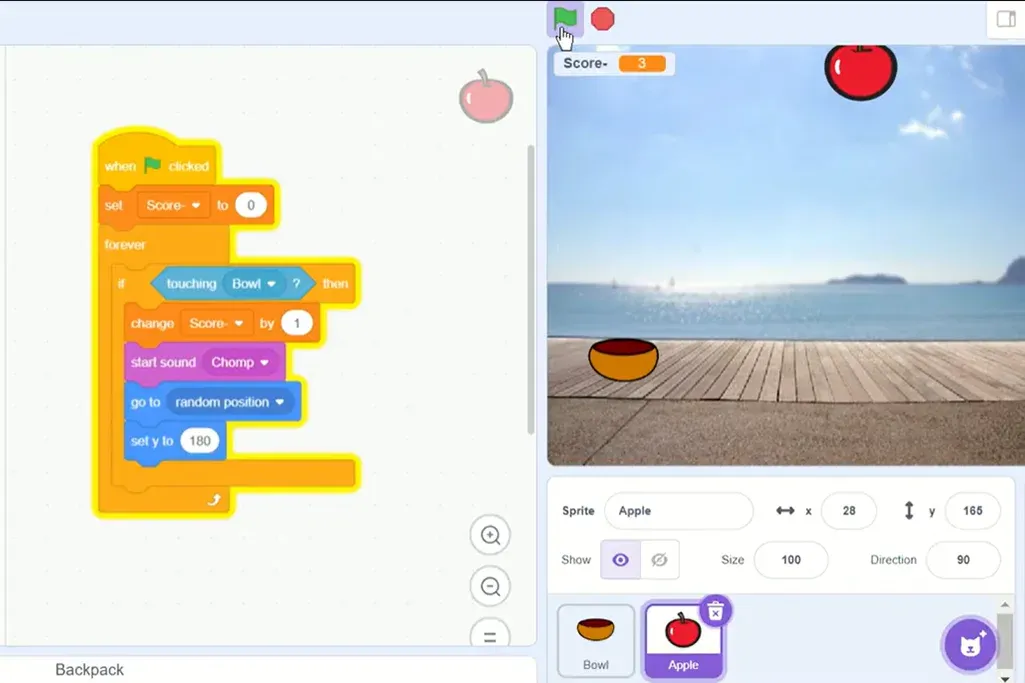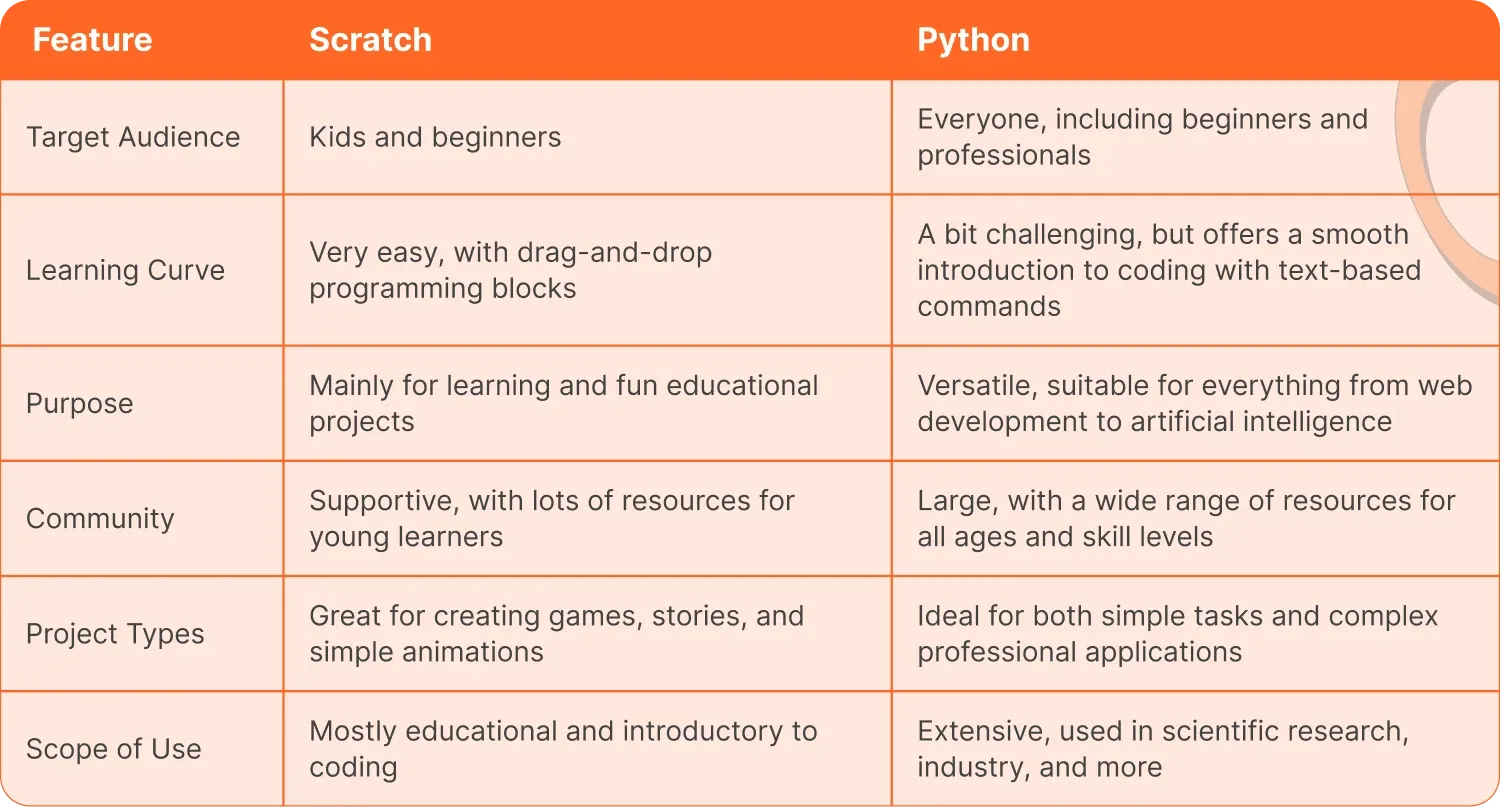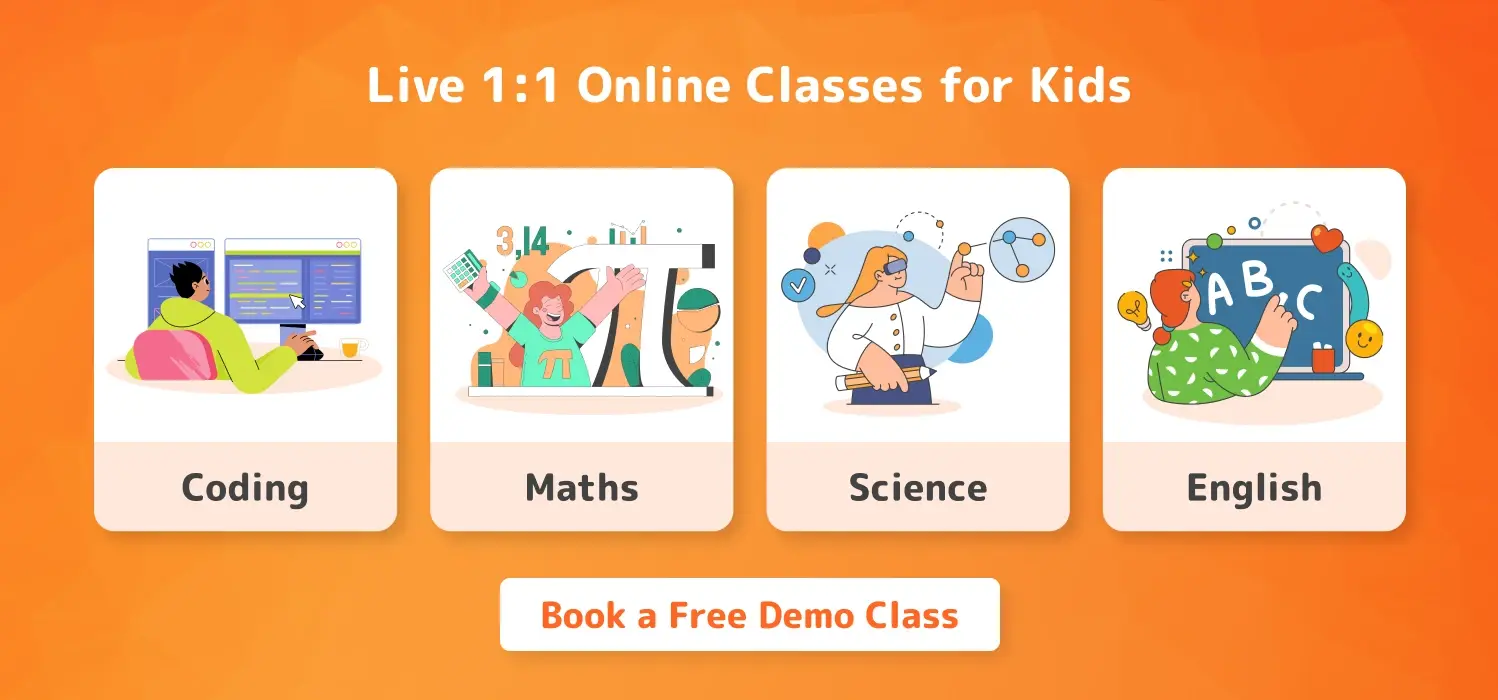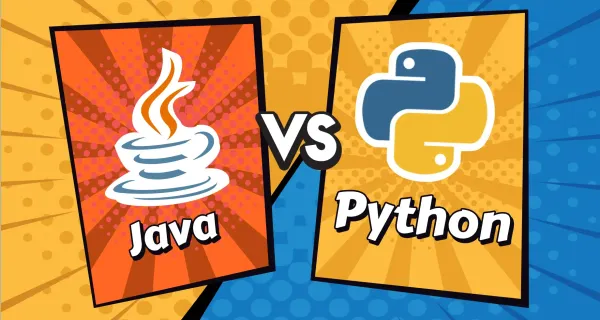Scratch vs Python

Today, kids are getting more and more inclined towards digital things, be it playing games on PC, watching a movie on mobiles, etc. And as a parent, the best thing you can do for your kids is to make this a boon for all.
Just like reading or writing, coding is becoming a new core skills in today’s digital world. It’s not just for the techies anymore, but is used in almost every sphere of the life, be it science, finance, healthcare, arts, sports or even music.
But to start your kids coding journey into the tech world, you need to have the right knowledge of what programming languages to pick up, how to develop their problem-solving skills, etc.
Fun fact: Did you know there are over 700 programming languages in the world?
As a parent we always want what’s best for our kids, and when it comes to their learning journey we’re even more cautious. So if you're feeling overwhelmed trying to pick the “right one” for your child, you’re not alone. As a parent, you want to set your child up for success—and in today’s tech-driven world, that often starts with coding.
But here’s the big question: “Which programming language is better Scratch or Python?”
In the context of teaching programming to kids, these two languages are often compared. However, they differ greatly in purpose, style, and complexity.
In this blog we’ve attempted to break down this for you. No difficult terms just clear insights on what’s right for your child.
Understanding Scratch & Python
Before we get into the details of which language is better for your child, it's better to understand what each language is.
What is Scratch?
We all have played LEGO once in our childhood, Scratch is just the same for coding. It is a visual, block-based programming language designed for kids (6–12 yrs), and uses colorful blocks that stick together to form a sequence of commands.
- No typing required
- Drag-and-drop interface
- Create games, stories, and animations
- Learn logical thinking through play

To learn more about Scratch, check out our Ultimate Guide to Scratch Coding for Kids!
What is Python?
Coming on to our next language Python. It is a text-based programming language that’s widely used in the real world—by companies like Google, Amazon, and Facebook.
- Used in web development, AI, automation, data science, and more
- Syntax is simple compared to other languages, but still powerful
- Great for teens or kids who have already mastered the basics
Python is like giving your child a “real” toolset to build big things—but it requires more patience and understanding.
Check out our blog- Python for kids, for more information!
Scratch Vs Python: Key Difference
To help you understand more easily the difference between both the language refer the image below:

Once we know basic difference the two programming language, let's understand a bit more in detail about both.
Scratch: Why it's the perfect choice for Young Beginners?
If your child is brand new to coding, especially under 12 years old, Scratch is an ideal starting point. Here’s why:
Fun and Interactive
Scratch turns learning into a creative game. Your child can create animations, make characters dance, or build their own game—all while learning programming logic.
No Typing, No Frustration
Kids don’t need to memorize commands or deal with syntax errors. This makes the learning curve smooth and enjoyable.
Foundation for Future Learning
While Scratch may seem simple, it teaches core concepts like:
- Sequences
- Loops
- Conditional logic
- Variables
- Events and interactions
These are the building blocks of more advanced coding in Python or any other language.
Accessible Anywhere
Scratch runs in a web browser, so your child can code from any device without needing a high-end laptop or complex setup.
Python: Why It’s Great for Older or Advanced Kids?
Once your child has grasped the basics of programming (or if they’re naturally logical thinkers), Python is the next big step.
Real-World Coding
Python is used to build apps, websites, AI, machine learning, and even space science projects (NASA uses Python too!).
If your child is already confident in Scratch or shows an interest in math, technology, or problem-solving, Python is a smart move.
Develop Deeper Thinking
Python teaches:
- Syntax and structure
- Functions and objects
- Data structures
- Real-world debugging
This transition develops a more disciplined, logical mindset.
Once we have read about both the language, a very important question comes up:
Which One Should Your Child Learn First?
To decide between the two languages understand your kids need first. For this begin by asking yourself a few questions, like:
- Is my child new to programming? ➡️ If YES, then start with Scratch.
- Does my child enjoy storytelling, drawing, or games? ➡️ If YES, then Scratch will spark their creativity.
- Is my child analytical or great at math? ➡️ If YES, then Python could be a great fit.
- Has my child already explored basic coding in Scratch? ➡️ Time to level up to Python.
However, sometimes asking question is not enough when it comes to kids. If that's the case with you, it's time to give them a little hands-on experience of both the language. For this you can take these step:
✅ Step 1: Start with Scratch (6–12 years) Build a foundation in logic, creativity, and problem-solving through games and animations.
✅ Step 2: Transition to Python (10+ years) Once your child is ready for more text-based and real-world applications, move to Python to explore data science, AI, and app development.
This phased approach ensures your child doesn’t feel overwhelmed and actually enjoys the process.
How Debe Learning Can Help Your Child in Their Coding Journey?
At Debe Learning, we believe that every child deserves the opportunity to develop essential coding skills in a fun and structured way. Whether your child is just starting with Scratch or ready to get into Python, our expert-designed courses provide the right balance of learning, creativity, and real-world application.
With the right guidance and support, your child can go from simply playing games to creating them!

FAQs
1. At what age should my child start learning to code?
Children as young as 6 years old can start with Scratch coding for kids, as it offers a visual, drag-and-drop approach. For text-based programming like Python for kids, those aged 10+ years with a basic understanding of logic and problem-solving can begin learning.
2. Which programming language is better for my child—Scratch or Python?
It depends on your child’s age and experience:
- If your child is new to coding (6–12 years old), Scratch coding for kids is the best starting point as it’s fun and visual.
- If they have some prior coding experience or are 10+ years old, Python for kids is a great next step, offering real-world applications.
3. Is coding too difficult for young kids?
Not at all! Scratch coding for kids is designed to be beginner-friendly with a block-based system, making learning easy and interactive. Python for kids also has a simple syntax, making it a great choice for older beginners.



